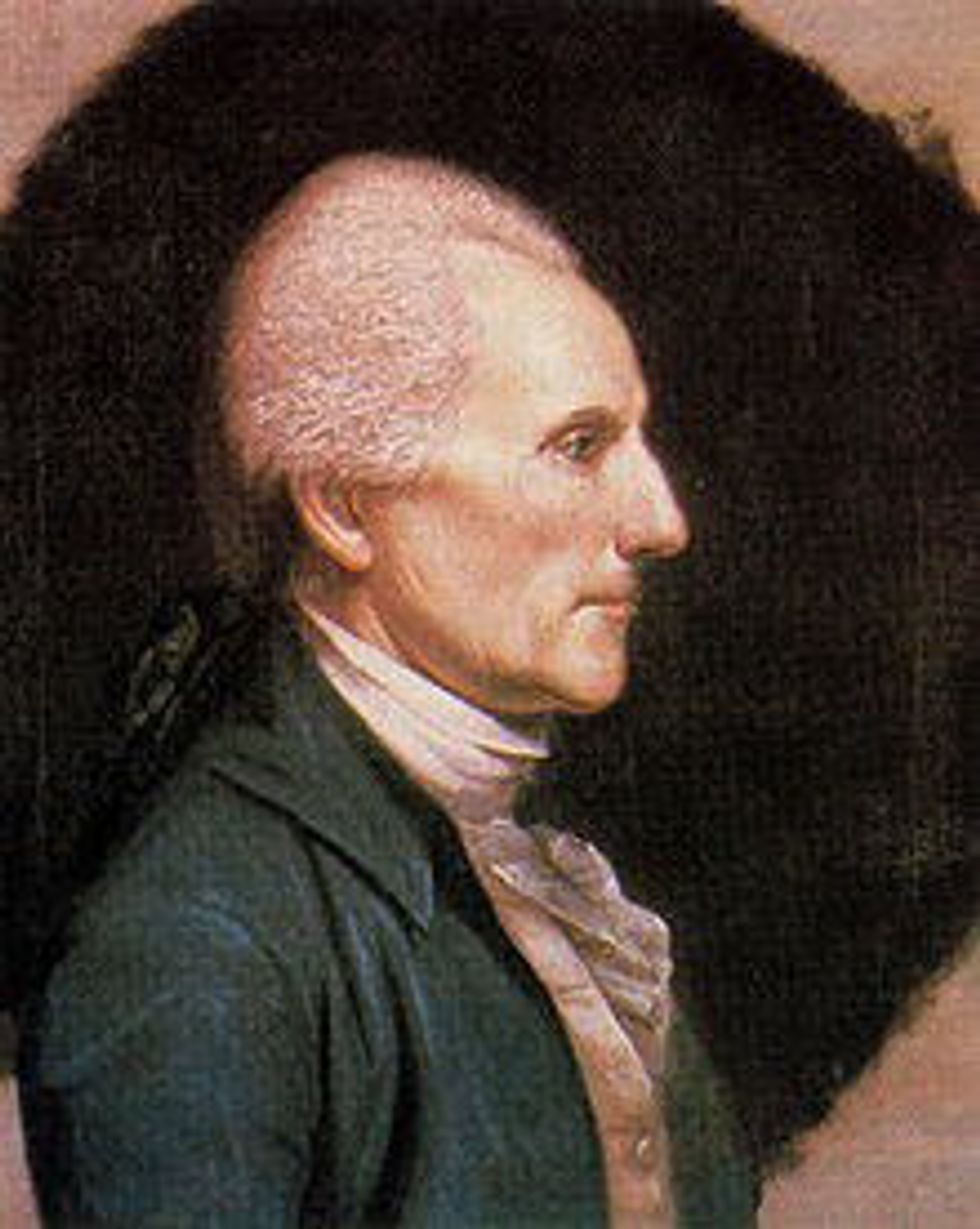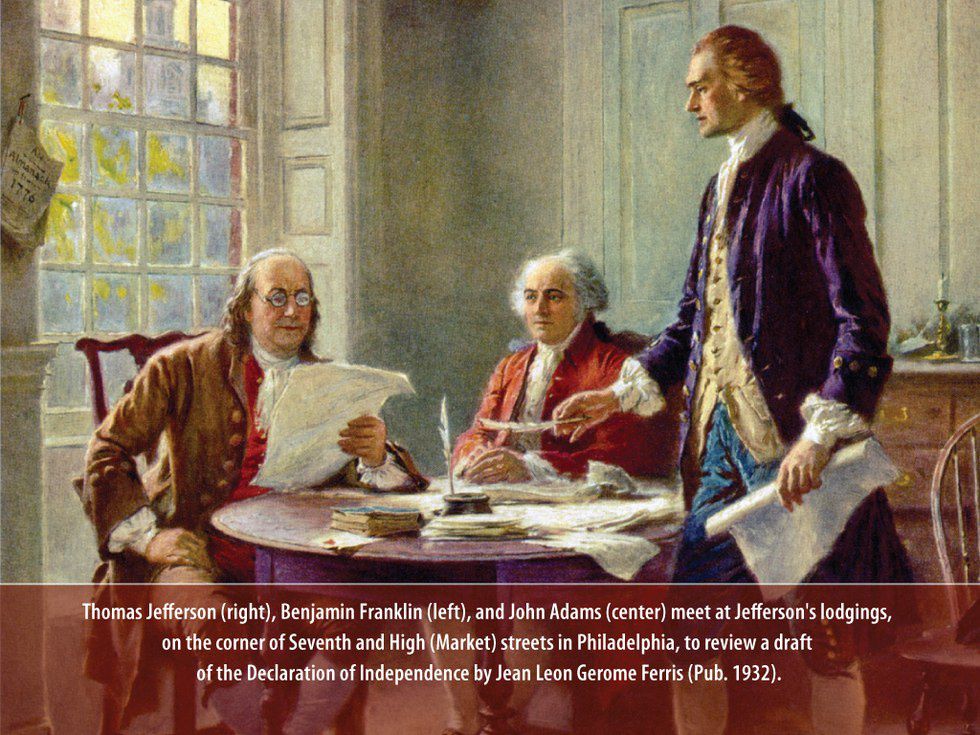Every American should know the date July 4, 1776. Some may not know the exact year, but everyone knows the date July fourth because of its significance to our country. There are a lot of misconceptions and popular falsities about that famous date, what happened and the Declaration of Independence. Take a look at the history and truth to the most famous Colonial American date. It’s probably not what you remember from history class.
Recommended for you
On June 6, 1776, Virginian representative Richard Henry Lee suggested to the Second Continental Congress that they create a declaration of independence to send to King George III of England. This was the first date of the Second Continental Congress meeting in the Pennsylvania State House, later renamed Independence Hall for the events that would take place within its walls, in Philadelphia, Pennsylvania. At this point, the colonies and the British were about a year into the Revolutionary War (1775-1783). Lee wanted to officially declare independence, connect the colonies as a united body, and create foreign policies for this new nation. His document was known as Lee’s Resolution.
On June 11, the Continental Congress decided to have those three parts divided and worked on by three groups. A committee of five men was formed to focus on the independence portion. These men were Thomas Jefferson (Virginia), Benjamin Franklin (Pennsylvania), John Adams (Massachusetts), Robert Livingston (New York) and Roger Sherman (Connecticut). Another committee of five, also including Franklin and Adams, were to focus on foreign diplomacy. The final group had a representative from each of the thirteen colonies to focus on creating a confederation of states instead of thirteen individual colonies.
The first draft of what became the Declaration of Independence was presented on June 28 and was largely written by Thomas Jefferson with quite a bit of influence from philosopher John Locke. The resolution of independence was debated for several days but approved by 12 out of 13 colonies on July 2. New York did not have instructions for voting on independence so they abstained, however, they voted in favor of independence just a week after the declaration of independence. Although the Continental Congress approved it on July 2, they spent a few more days altering the wording before finally completing it for good on July 4 and sending it off to be printed. The Declaration of Independence would not be signed until a month later on August 2, 1776.
The independence part of Lee’s Resolution was approved by the Continental Congress on July 2, 1776 which caused John Adams to believe that America would celebrate July 2 forevermore. He wrote to his wife, Abigail, that he believed people would celebrate coast-to-coast with parades, sports, and bonfires. He wasn’t exactly wrong about Americans celebrating annually but Americans celebrate the day that the document was formally announced by the Continental Congress which was July 4. Newspapers announced information about the document on July 2, in the evening newspaper.
On September 17, 1776, the second group of five men assigned to the foreign diplomacy got their Model Treaty approved by the Second Continental Congress after adding two more men to their committee. This document was largely written by John Adams, who would go on to become the second President of the United States. The group of thirteen representatives did not have as easy of a time with creating their document, known as the Articles of Confederation. They would not be able to get approval for over a year, until November 1777. Even then, it took nearly four more years for each state to ratify, or approve, it.
Common misconceptions:
The colonies were united already. They were actually quite independent from each other, which created a problem for them after the British eventually granted their independence from the King and England. After the colonies’ independence was finally official, there were years of fighting between the “states” and a lot of problems due to a lack of unity. The independence from Britain started in 1783 but George Washington wasn’t president until 1789 which left a little less than six years of a very divided new country.
John Hancock did not sign in large font due to King George’s bad eyesight. Hancock was actually the leader of the Continental Congress at the time of signing and just following the typical signature protocol of the 18th century (where the leader would sign centered below the document’s text). The signature was the average size of his name on any other document he had signed. It is also possible that due to being the first to sign, he didn’t intend on taking up so much space but he didn’t have any lines or spacing symbols to know how large to sign or how much space to leave for others.
The declaration of independence was signed on July 4. The Declaration of Independence was signed on August 2, 1776. The date of July 4 was merely the day that the Declaration was approved by the Continental Congress.
The colonies got their independence on July 4 or soon after. The colonies would not actually get their independence until the Treaty of Paris 1783. It was signed in Paris by representatives of King George III and representatives of the colonies on September 3, 1783. It was over seven years from the approval of the Declaration of Independence in the Second Continental Congress to the Treaty of Paris 1783. This treaty also gave Spain the rights to Florida.
King George was sent the Declaration of Independence. King George was never personally sent a copy, although the Continental Congress knew a copy would likely reach him fairly quickly. And by fairly quickly, I mean it took about two months for him to learn about it. He addressed Parliament about the declaration on October 31, 1776. Unsurprisingly, he didn’t have anything particularly nice to say about it and referred to the revolution as a rebellion.




















